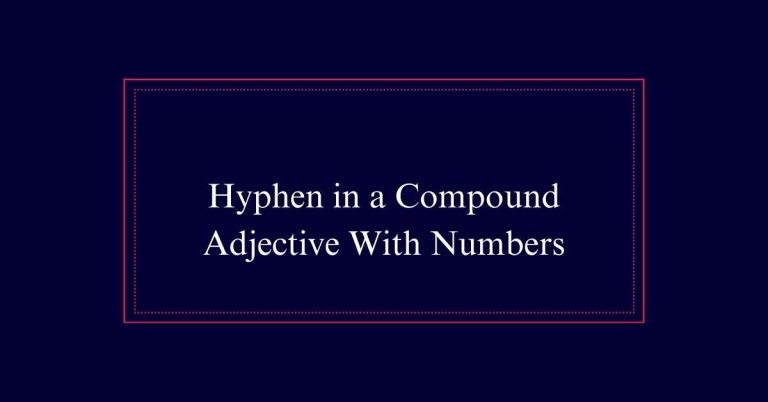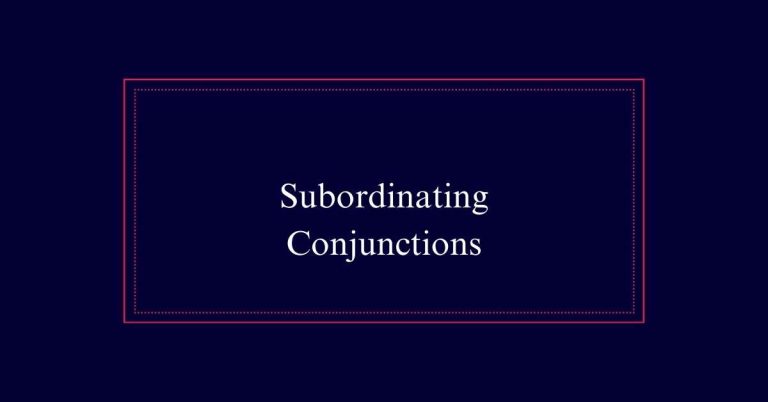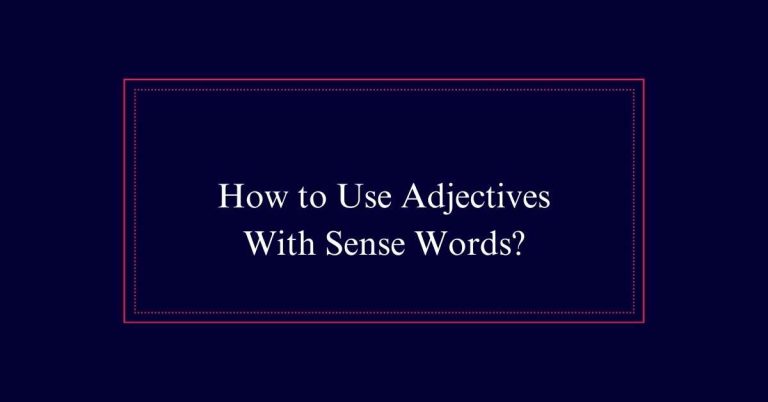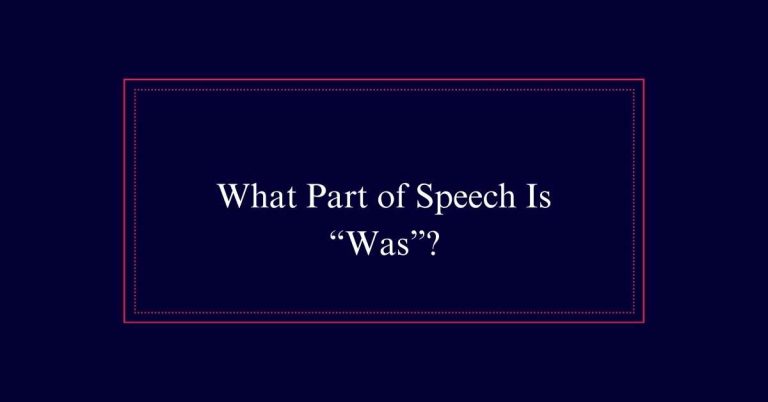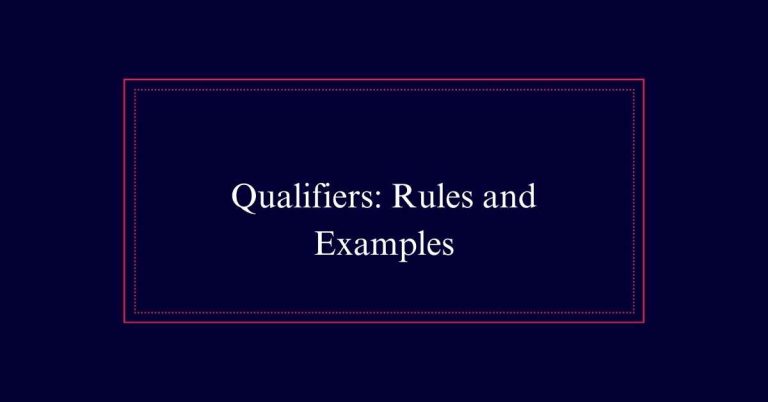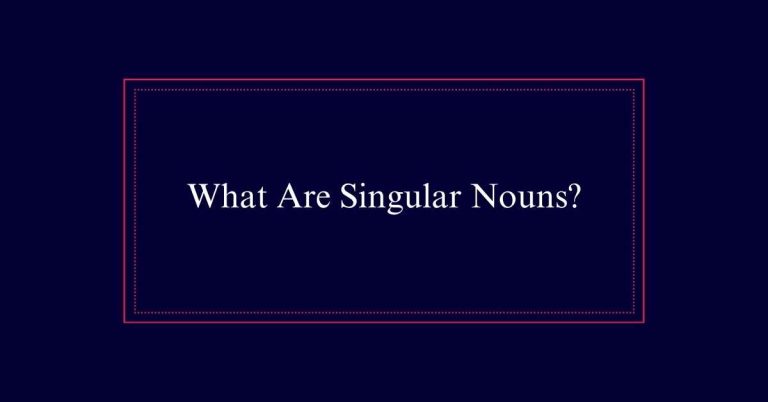Verb Forms
Verb forms are fundamental to English grammar. The root form is the most basic version of a verb, used to build other tenses. It is also known as the base form and appears in dictionaries as words like ‘see’ or ‘play’.
The infinitive form follows, often used without ‘to’ in imperatives and after modal verbs. For third person singular, verbs typically add -s or -es, such as ‘he sees’. Each form guides proper conjugation in various contexts.
You’ll discover how these fundamental structures shape accurate sentence construction.
Root Form Explained
The root form of a verb, also known as the base form, is the simplest version of the verb. It is not conjugated and does not include any prefixes or suffixes.
This form is the same as the infinitive form but without the word ‘to.’ For example, in ‘to see,’ ‘to be,’ and ‘to wear,’ the root forms are ‘see,’ ‘be,’ and ‘wear.’
The root form is essential for constructing other verb forms and tenses. It serves as the foundation upon which different conjugations are built.
Base Form Characteristics
In grammar, the base form of a verb is its most fundamental version, free from any inflections or conjugations. This form is also known as the root form. It is the version you will find in a dictionary, without any prefixes or suffixes.
The base form is used to create various verb tenses and forms. For example, ‘see,’ ‘be,’ ‘wear,’ and ‘go’ are all base forms. They serve as the foundation upon which other verb forms are built. It is essential for constructing commands, simple present tense (except third-person singular), and forming the imperative mood.
Infinitive Form Without ‘To’
An infinitive form without ‘to’ is simply the base form of the verb. This form is used in various grammatical structures, including imperative sentences and after certain verbs like ‘make’ and ‘let’.
For example, in ‘Let him go’ and ‘She made him laugh,’ ‘go’ and ‘laugh’ are base forms without ‘to’. The infinitive without ‘to’ is also used in constructions with modal verbs such as ‘can’, ‘will’, ‘shall’, ‘may’, and ‘must’.
For instance, in ‘You must see this,’ ‘see’ is the base verb. This form remains unchanged irrespective of the subject or tense, ensuring its versatility in English language constructs.
Third Person Singular Rules
Understanding the third person singular form of a verb is crucial for mastering English grammar. In this form, verbs differ from other conjugations as they typically end in -s or -es. This change occurs when the subject is he, she, it, or any singular noun.
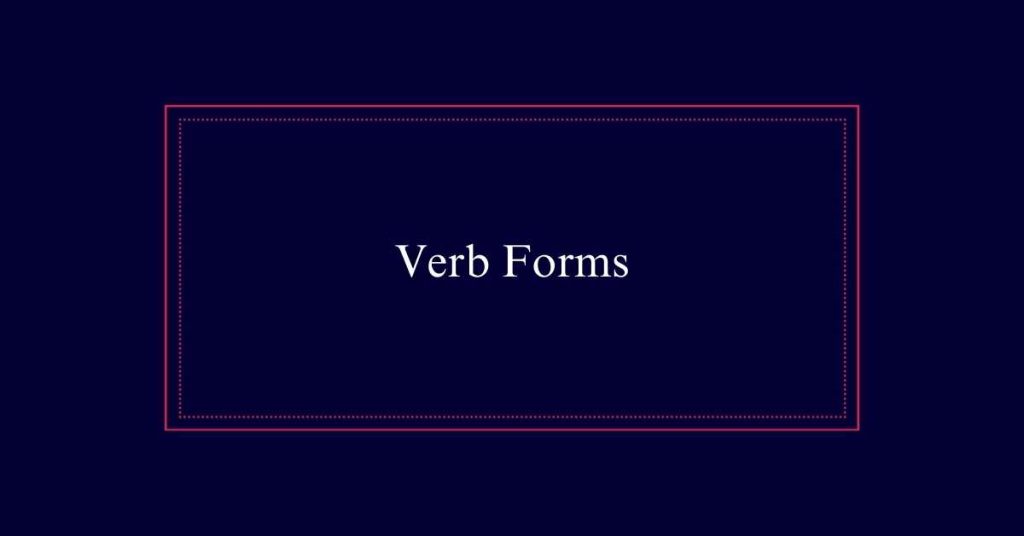
For instance, ‘see’ becomes ‘sees,’ and ‘watch’ becomes ‘watches.’ Verbs ending in -ch, -sh, -ss, -x, or -z add -es, as in ‘watches’ or ‘misses.’ If a verb ends in a consonant followed by -y, the -y changes to -i before adding -es, like ‘carries.’ However, verbs ending in a vowel plus -y simply add -s, such as ‘plays.’
Common Third Person Examples
Examples of third person singular verbs help illustrate how these rules apply in everyday language. Consider the verb ‘see.’ In third person singular, it becomes ‘he sees.’
Similarly, ‘watch’ transforms to ‘she watches.’ Notice the addition of -es to maintain pronunciation. Another example is ‘do,’ which changes to ‘one does.’
In contrast, verbs like ‘play’ simply add -s, as in ‘they play.’ The verb ‘shrink’ also follows this pattern, becoming ‘it shrinks.’
These examples highlight how third person singular forms are created by modifying the verb root. Regular patterns, such as adding -s or -es, ensure clarity and consistency in communication. Understanding these forms is important for mastering English verb conjugation.
Present Participle Formation
Forming the present participle of a verb involves adding -ing to the root word. This transformation is straightforward but follows specific rules.
For most verbs, simply attach -ing to the base form, such as ‘talk’ to ‘talking’ or ‘read’ to ‘reading’.
For verbs ending in -e, drop the final -e before adding -ing. For example, ‘make’ becomes ‘making’ and ‘write’ becomes ‘writing’.
In cases where the verb ends in a single vowel followed by a single consonant, double the consonant before adding -ing. Therefore, ‘run’ turns into ‘running’ and ‘sit’ into ‘sitting’.
The present participle can be used in various grammatical contexts beyond forming continuous tenses, which will be discussed later.
Continuous Tense Usage
Continuous tense usage involves actions that are ongoing or in progress at a specific time. These tenses are essential for expressing activities that have not yet been completed. They are used in different contexts such as describing current actions, future plans, or events that were happening at a particular moment in the past.
Continuous tenses include:
- Present Continuous: Used for actions happening right now. Example: ‘She is reading a book.’
- Past Continuous: Describes actions that were in progress at a specific past moment. Example: ‘They were playing soccer.’
- Future Continuous: Indicates actions that will be ongoing at a future time. Example: ‘I will be working tomorrow.’
Continuous tenses are formed by combining the verb ‘to be’ with the present participle (-ing form).
Regular Verbs Past Forms
Regular verbs form their past tense by adding -ed to the root word. This simple rule makes regular verbs easy to conjugate and predictable in their usage. For example, the verb ‘play’ becomes ‘played’ in the past tense. This rule applies consistently, making it straightforward for learners of English. Below is a table illustrating some common regular verbs and their past forms:
| Root Word | Past Form |
|---|---|
| walk | walked |
| talk | talked |
| clean | cleaned |
| wait | waited |
| jump | jumped |
Irregular Verbs Past Forms
Irregular verbs do not follow a consistent pattern when forming their past tense. Unlike regular verbs, they do not simply add ‘-ed’ to the root form. Instead, they change in various ways, making them harder to predict and learn.
Here are some examples to illustrate:
- Go becomes went.
- See becomes saw.
- Take becomes took.
- Run becomes ran.
These changes are not uniform, and there are no specific rules for predicting them. Consequently, irregular verbs must be memorized individually. This irregularity adds complexity to mastering English verb forms.
Past Participle Examples
The past participle form of a verb is essential for constructing perfect tenses and passive voice sentences. It can also be used as adjectives in some contexts. For regular verbs, the past participle is generally formed by adding -ed to the base form. Irregular verbs, however, have unique past participle forms that do not follow a consistent pattern.
Here are some examples of past participles:
| Base Form | Past Participle |
|---|---|
| write | written |
| speak | spoken |
| go | gone |
Frequently Asked Questions
How Do Modal Verbs Affect Verb Forms in Sentences?
Modal verbs, such as can, will, and must, influence verb forms by necessitating the base form of the main verb. They remain consistent regardless of the subject and do not require additional endings like -s or -ed.
What Are the Differences Between Transitive and Intransitive Verbs?
Transitive verbs require a direct object to complete their meaning, as in ‘She reads a book.’ Intransitive verbs do not need a direct object, as in ‘He sleeps.’ The action does not transfer to an object.
How Do Phrasal Verbs Function Differently From Single-Word Verbs?
Phrasal verbs combine a verb with a preposition or adverb, creating a new meaning distinct from the original verb. Single-word verbs lack this additional element and usually convey a more straightforward, direct meaning.
Can Verb Forms Change in Passive Voice Construction?
Yes, verb forms change in passive voice construction. The main verb often becomes a past participle. Additionally, a form of ‘to be’ is added to indicate the tense. For example, ‘writes’ becomes ‘is written.’
What Role Do Auxiliary Verbs Play in Verb Conjugation?
Auxiliary verbs assist in verb conjugation by forming different tenses, moods, and voices. They combine with main verbs to create complex verb forms, such as ‘is running’ for present continuous and ‘has eaten’ for present perfect.

